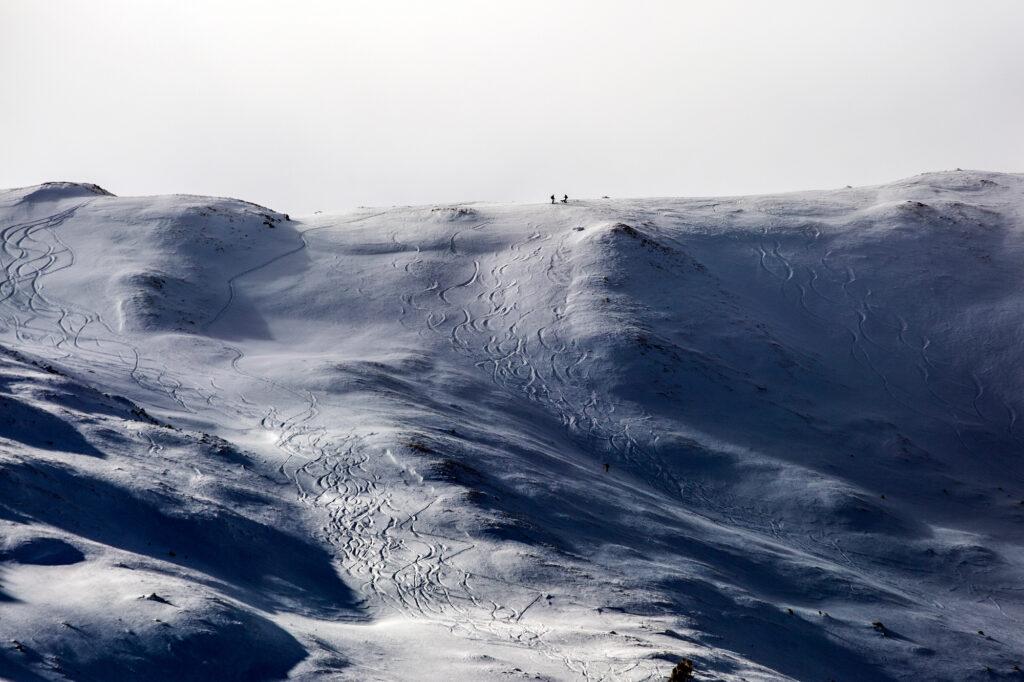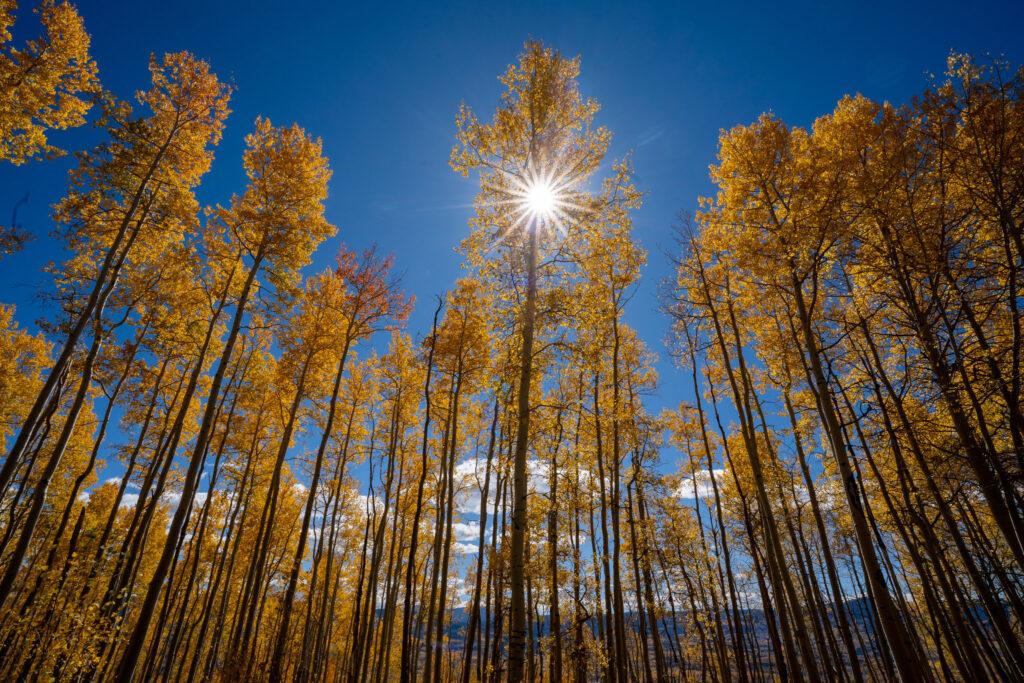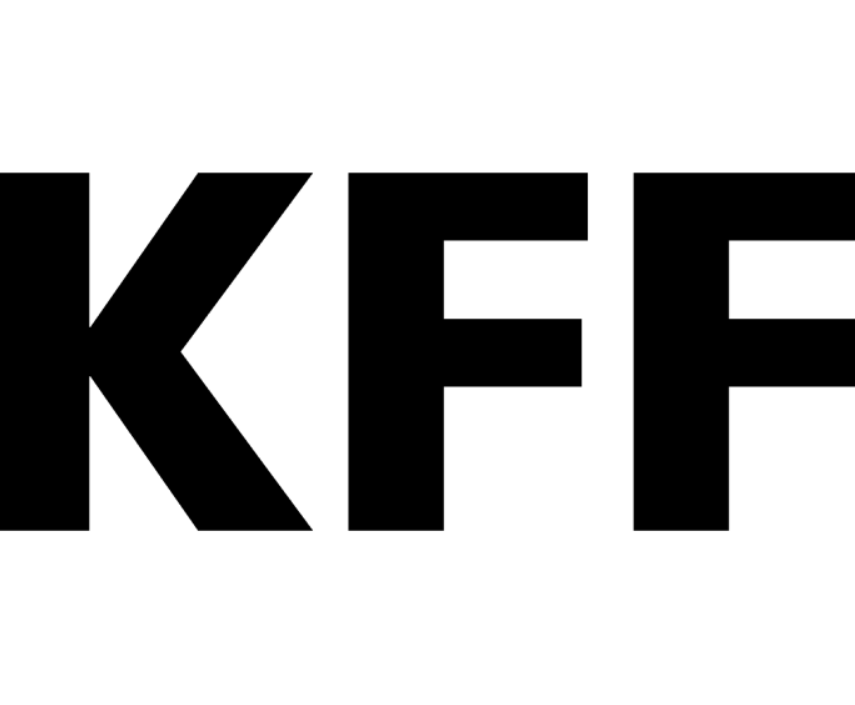
Have you ever skied at Steamboat Springs? Have you walked up that tangle of a trail to the jewel-tone waters of Hanging Lake? Have you cheered in the stands of the sheepdog trials in Meeker?
If so, you’ve been to the Western Slope.
Or have you?
“What is the extent of the Western Slope?” Grand Junction resident Scott Braden wrote into Colorado Wonders. “How far does it go out? What are its boundaries?”
Braden also asked about the region’s “official” name: “Is it Western Slope or West Slope?”
These might feel like cut-and-dry questions for a geography expert like Dara Seidl, associate professor of GIS at Colorado Mountain College in Leadville. But can Seidl say where the borders of the Western Slope truly lie?



“I would love to tell you yes,” she said, with a knowing laugh. “But as a geographer, I would have to tell you no, there is no definitive answer.”
And yes, she’s heard, like you may have, that the boundary line is the Continental Divide, with western Colorado officially being everything to its west.
“I think if we take a really strong physical geography take, then yes,” Seidl said, an asterisk almost audible in her voice.
She and the state demography office agree that while that does make a good shorthand, there’s actually nothing official about what makes the Western Slope the Western Slope.
“I do feel that it's more about the emotional sense,” Seidl said. “And so you want to be a part of a specific community. You take pride in being part of one region or another.”
In that way, the public’s definition of the Western Slope means just as much as an expert’s.
So we asked you, CPR listeners and readers: Where do you think the Western Slope is?
And you wrote and called in from all over Colorado and beyond — with all sorts of answers.
Ryan Grange of Littleton left us a message saying that, while he knows the Western Slope is huge, when he hears those words, he pictures the Grand Valley, home to Grand Junction, Palisade and Fruita.



“It’s the peach orchards and hiking the Monument and the view of the Book Cliffs,” he said. “It’s magical.”
Grand Junction’s Wendy Videlock, poet laureate of the Western Slope, called to say that the designation felt “fairly nebulous,” but that she had always heard it was everything west of Breckenridge.
Many of you, including Dave Fishell and Kent Diemer, both of Grand Junction, felt very strongly that the true border is the Continental Divide, and Centennial’s Roger Boraas left a message adding every single mountain pass the divide runs through, from Buffalo Pass in the north, to Cumbres Pass, in the south.
Aidan Wynn, born and raised in the Roaring Fork Valley, called to say he agreed on the Continental Divide as an eastern border but thought the Western Slope stopped way before Utah.



“Out to, probably, like Rifle, maybe Battlement Mesa,” he said.
Others had a much narrower view. Marisa Connors, who lives in Fruita, was one of several people who said that Glenwood Springs felt like the true border “even though the Continental Divide is over in the Silverthorne area.” Elizabeth Tice, from Grand Junction, however, made clear that she did not think Glenwood was part of the Western Slope at all.
Rifle resident Alison Birkenfeld sees the borders as even slimmer.
“New Castle to the Utah border seems fair game for Western Slope?” she wrote on Facebook.


And all the way from Portugal, former Moab resident Franklin Seal wrote with one of the most specific definitions of them all.
“I've always understood it to be the realm west of the actual central Rocky Mountain region wherein the 14ers lie,” he wrote on Facebook. “So, driving west on I-70, Vail is not, but Glenwood Springs is, and Eagle is in the gray area. On 40, Steamboat Springs is a gray area, Craig is on the Western Slope. On 50, Gunnison, yes, but Salida, no. In the south, Pagosa Springs, yes, but further east, no.”
The area’s name is one thing most of you agree on. That includes Jeremy Simon, who used to live in Carbondale.
“It’s definitely the ‘Western Slope,’” he said, in a voicemail. “There’s no way it’s the ‘West Slope.’”
There were only a few dissenting opinions on that, including this short and sweet submission:
“This is Ellis calling from Hotchkiss, and it’s the Best Slope.”
Oh, and there’s one more: “Sunset Slope,” which has fallen out of favor over the past century, wrote Alex Finkelstein, who teaches history at Western Colorado University in Gunnison.

As for Braden, who asked the original questions, he sees the Western Slope (and yes, he calls it that) as something beyond the Rocky Mountains.
A place “John Denver maybe didn’t sing about,” he said, “that is much more a province of sagebrush and cowboys and maybe not so much snow and skiing.”
And he’s right — just like everyone who contributed to this piece is. Just like you are. Because it turns out that the only real boundaries of the Western Slope are the ones that live in your heart.










